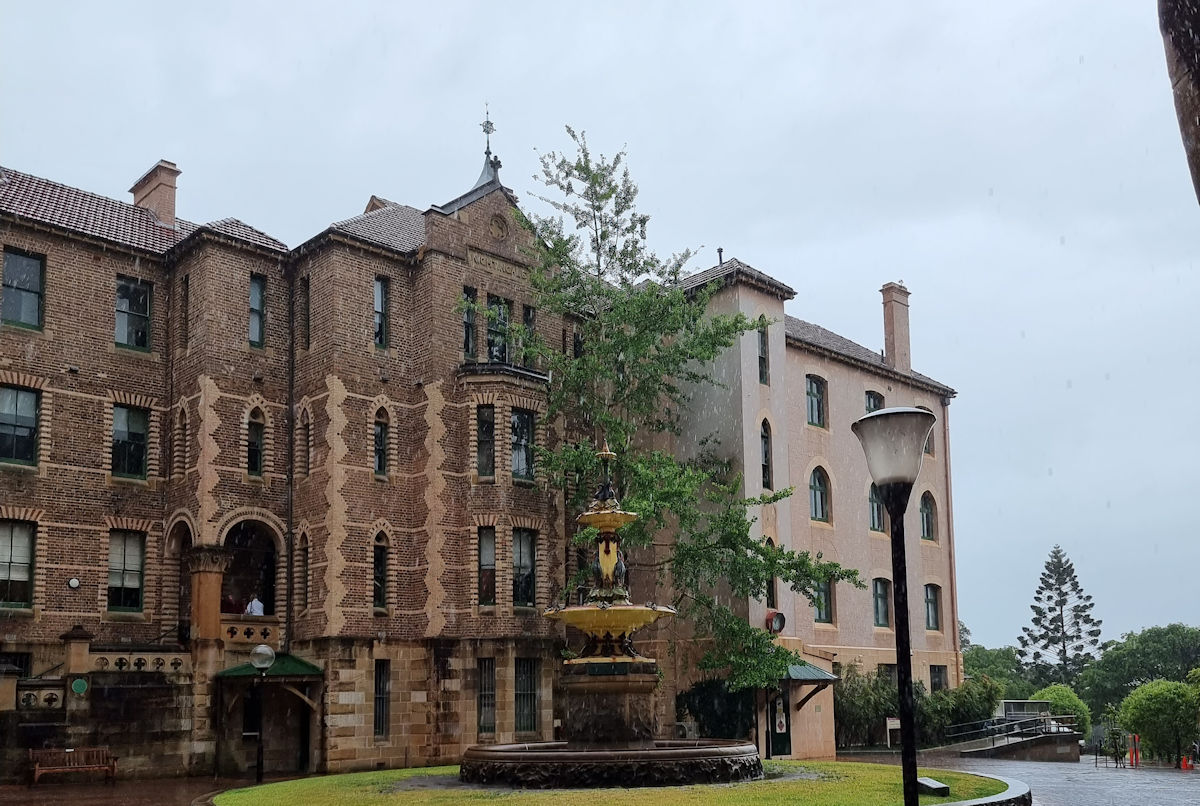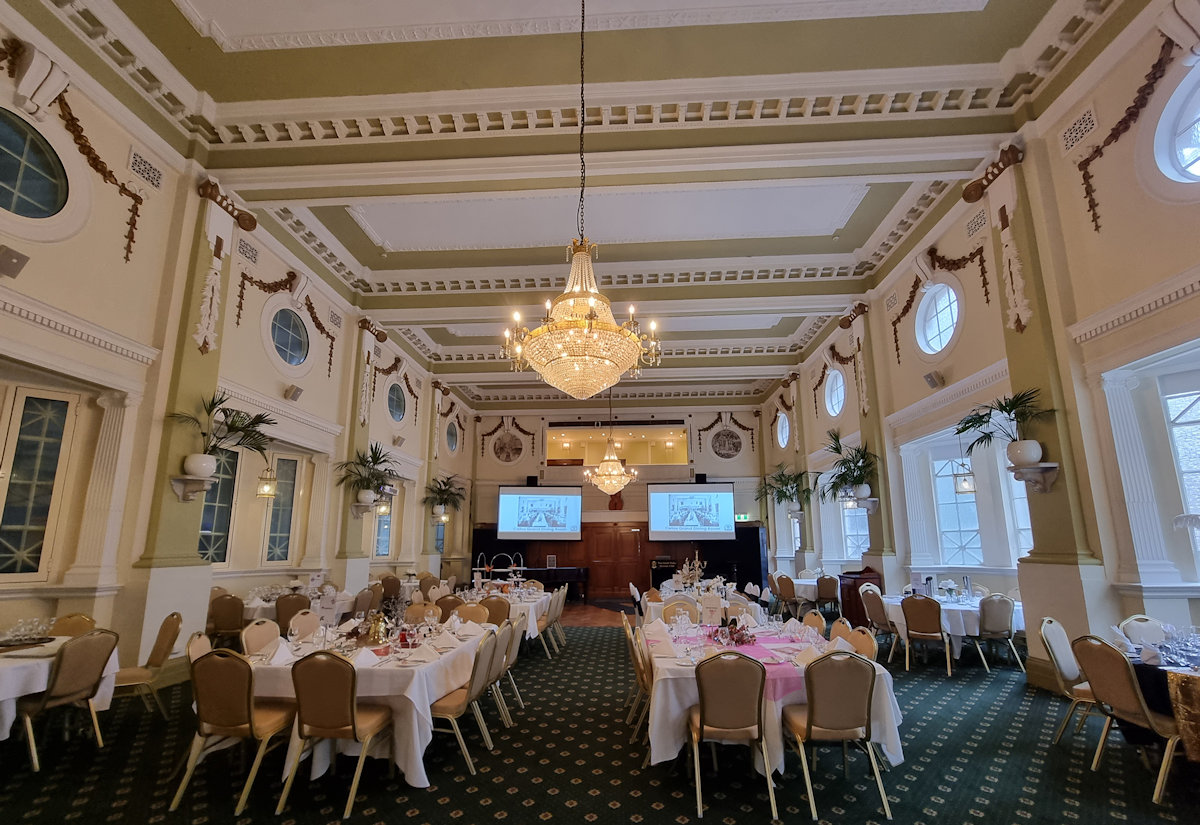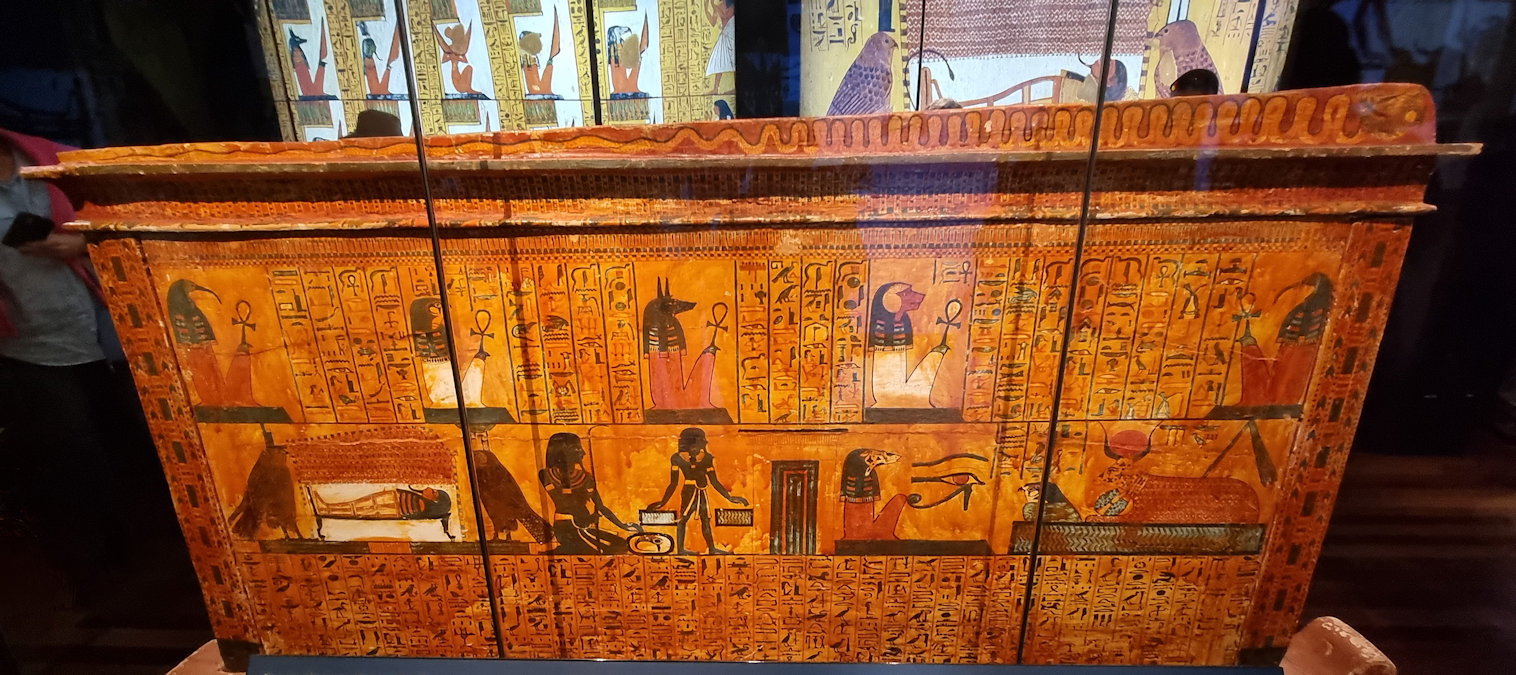Category: History
-
Nightingale Wing Sydney Hospital

Nightingale Wing Sydney Hospital Nightingale Wing Sydney Hospital Located in the Sydney CBD, the Nightingale Wing, Sydney Hospital, is a historical building of both medical and architectural significance. Completed in 1869, this sandstone and polychrome-brick Gothic Revival structure is the site of the first nursing school in Australia. History The Nightingale Wing owes its name… Read more
-
NSW Masonic Club

NSW Masonic Club Located in the heart of Sydney, the NSW Masonic Club was built in 1927 incorporating Gothic Revival and Art Deco styles. Meticulously restored, the building is heritage listed ensuring its preservation for future generations to enjoy. As a functioning hotel, access to the many rooms is not always possible. However, during the… Read more
-
Ramses the Great at the Australian Museum

Ramses the Great at the Australian Museum Running until May 19, 2024, The Australian Museum is currently hosting an exhibition centred on the Egyptian Pharoah Ramses II. This was a great opportunity to see some of the most important artifacts from ancient Egypt, without having to leave Australia. Featuring over 180 artifacts, this is a large… Read more